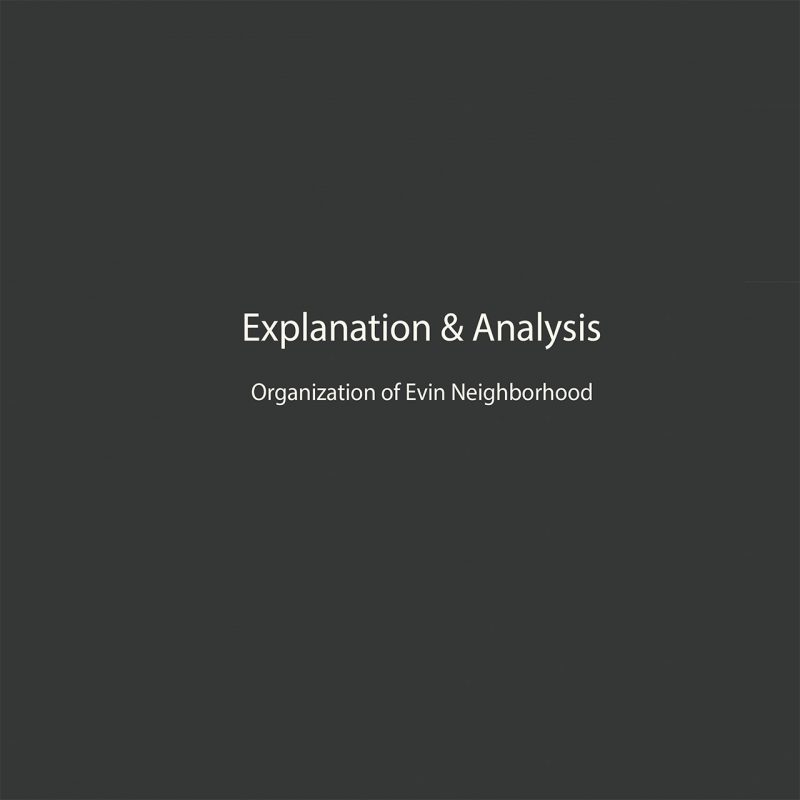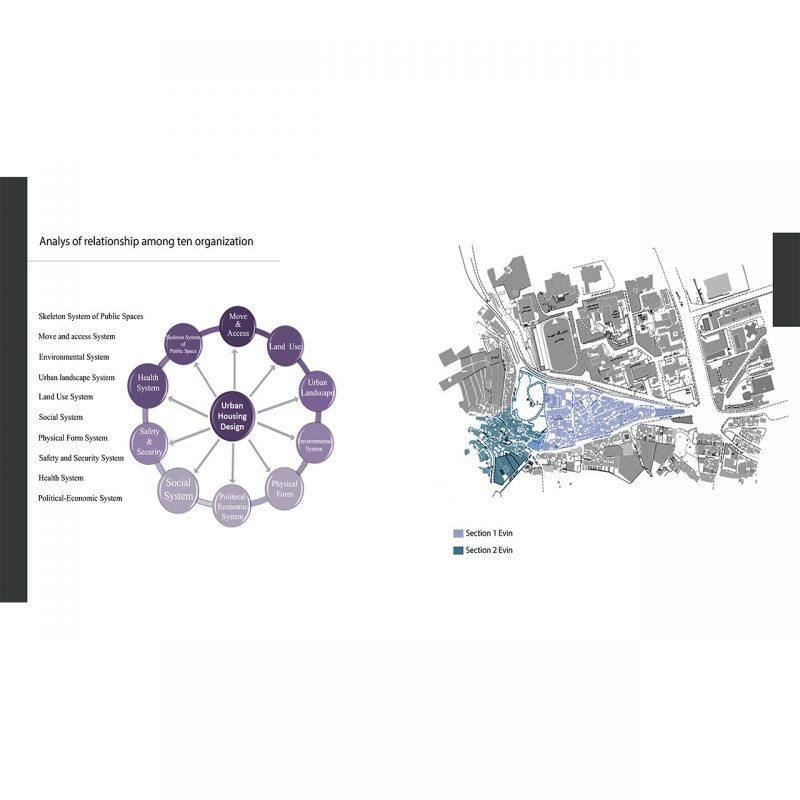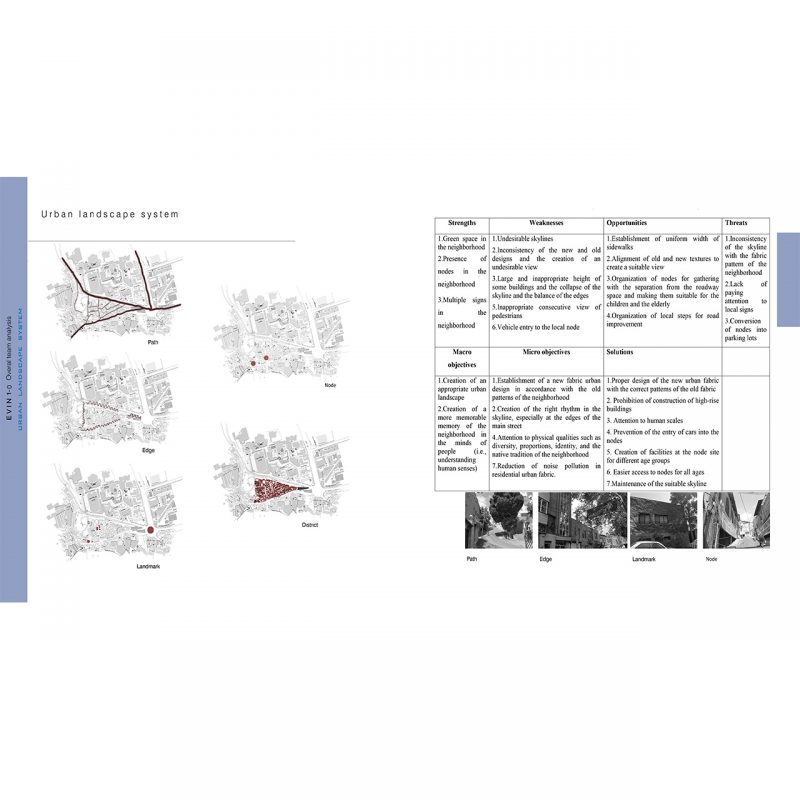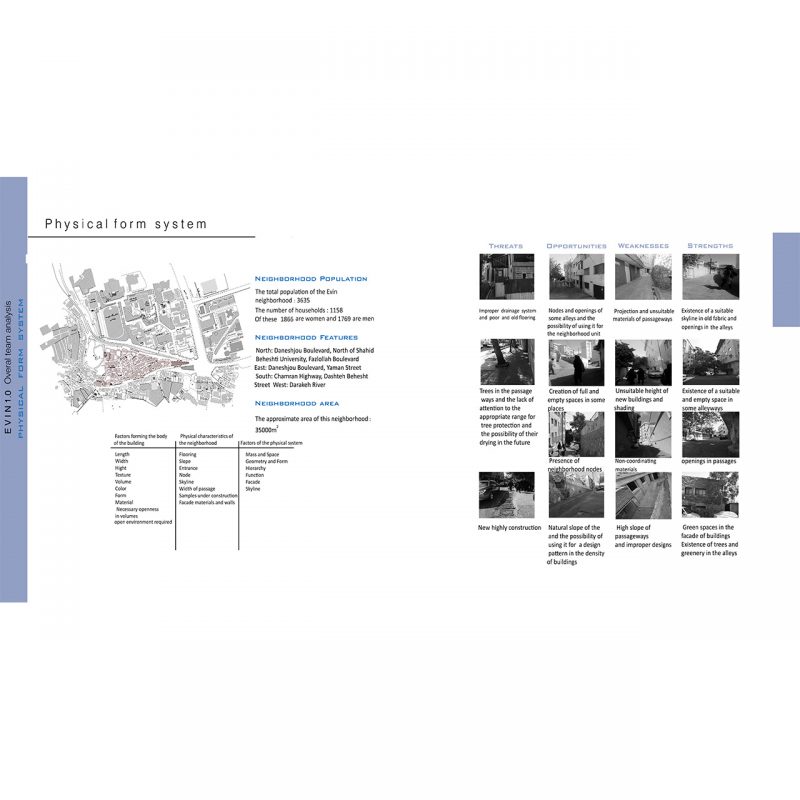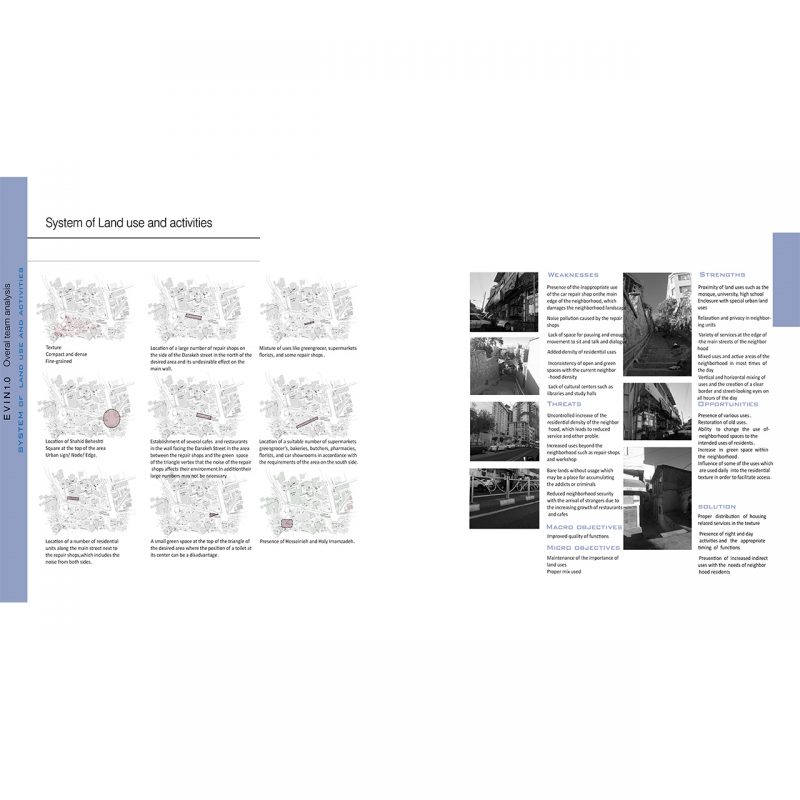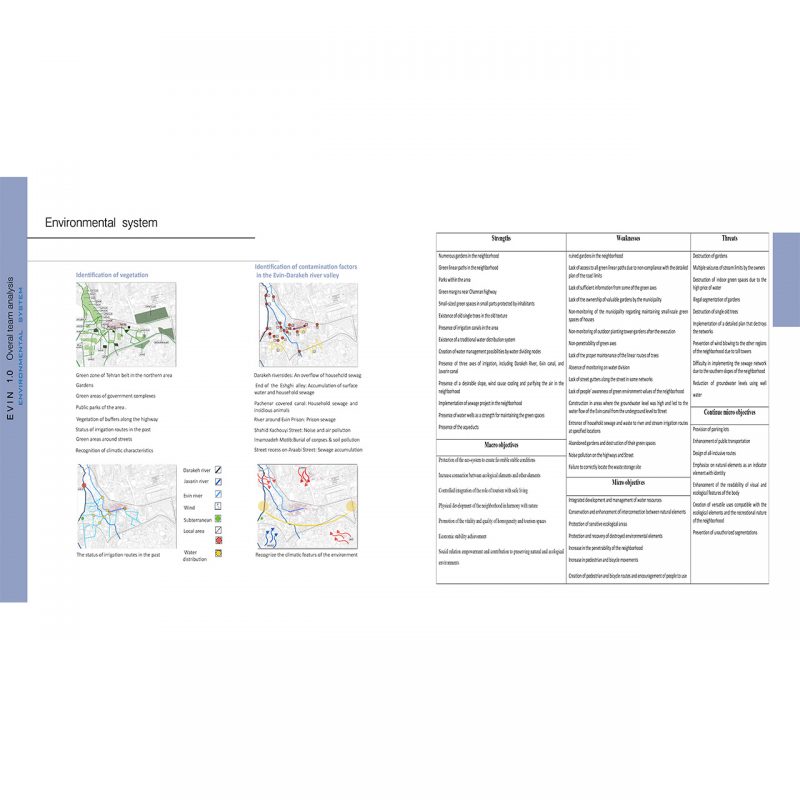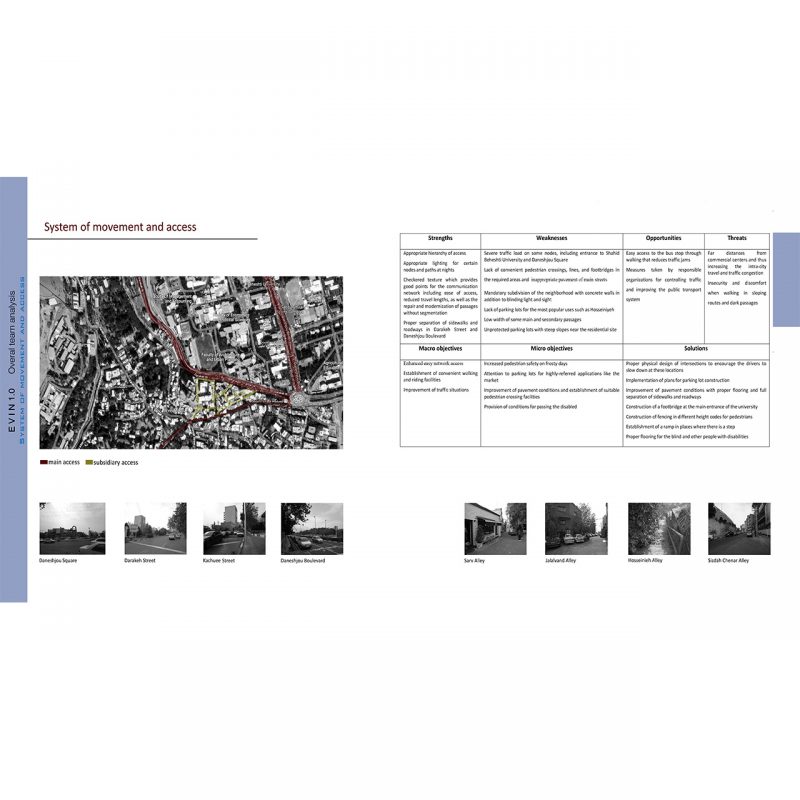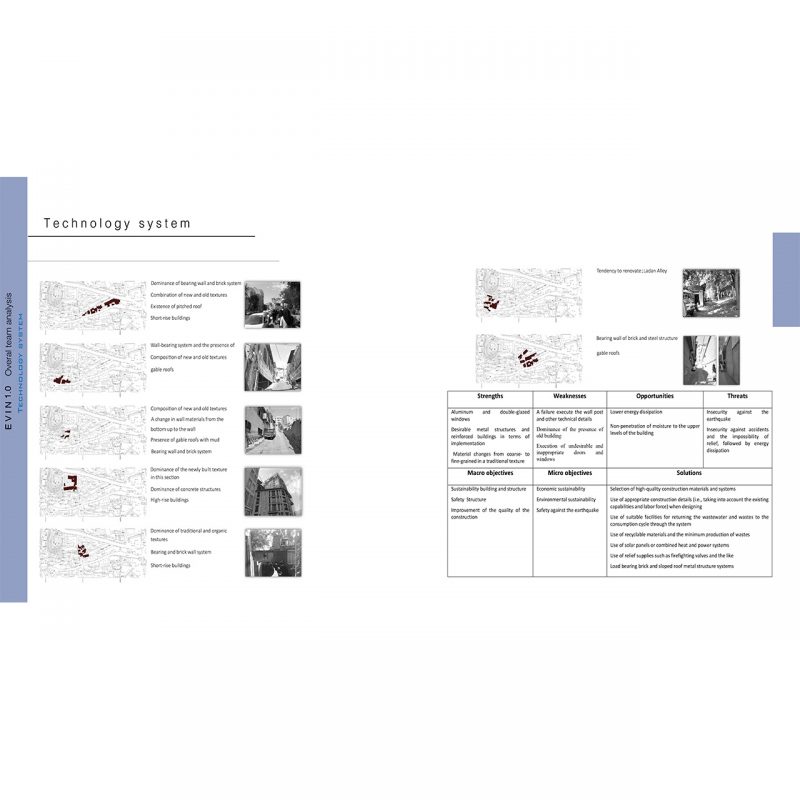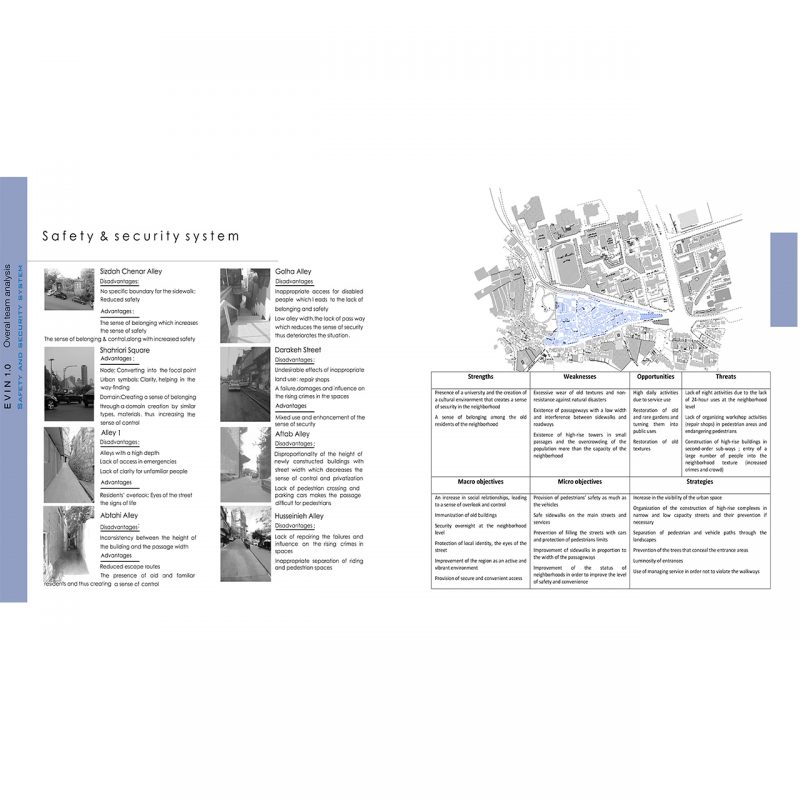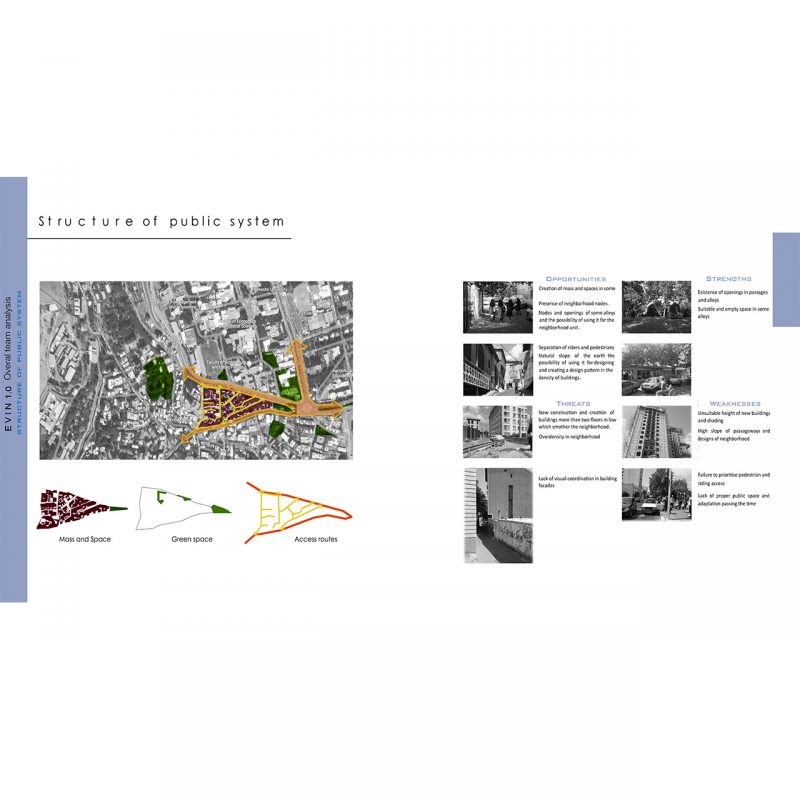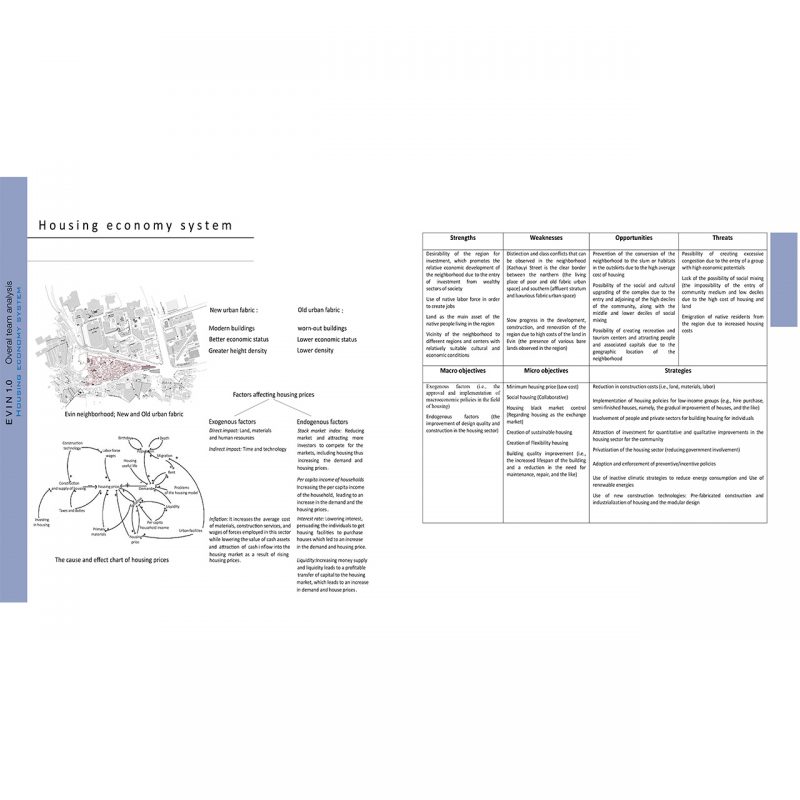Regeneration of Old Fabric, Urban Neighborhood
Explanation & Analysis
Course in School of Architecture & urban planning, Iran University of Science and Technology.
Course Time: Sep 2017-january 2020
Theoretical principles
Objective: Familiarizing the students with the content framework of designing residential complexes and enhancing their theoretical knowledge about designing such complexes.
In this section, the basics and process of designing the space quality components (i.e., functional, aesthetic, and environmental aspects) and the layers forming the complexes (i.e., land use, access, physical form, landscape, and public spaces) are presented by the instructors through providing residential case studies.
Objective identification
The study design background, along with the theoretical sections of the studio is individually prepared over a period of four weeks for analyzing prior experiences in residential construction projects based on the above-mentioned dimensions. In this way, the students provide the results of their studies to the other students and thus students obtain near-comprehensive knowledge in this regard before designing.
Land use and activity system: Study of land use, urban services, and housing
Access and transportation system: Investigation of movement and accessibility system, types of transportation, and penetrability;
Environmental system: Studying and recognizing the form and processes of the natural environment, as well as identifying the climatic features of the environment and adapting patterns with the climate;
Physical form system: Section blocking and grading system, massing system, and the height of buildings including building envelope, height and scale, mass occupation area, and density;
Urban landscape system: Evaluating the urban landscape of views, in addition to local and strategic views, focused and serial visions, sky lines, and visual proportions; Studying the subjective landscape and its elements such as path, node, edge, landmark, and district;
Structure of public spaces: Recognizing the current status of public spaces as a system of behavior settings, activities and events, and assessing the compatibility of activities, time, and the physical environment;
Safety and security system
Social system
Health system
Economic system


